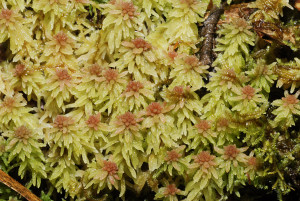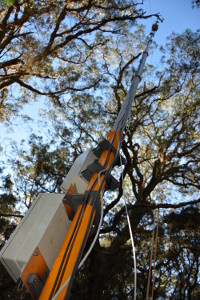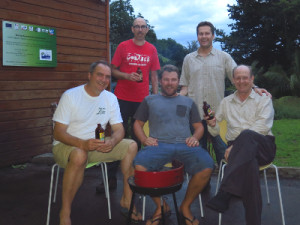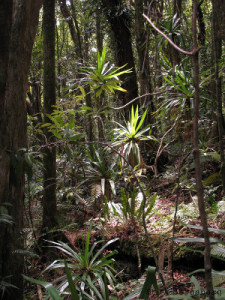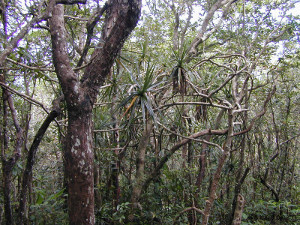http://dx.doi.org/10.1007/s12686-011-9437-0
Abstract
Sideroxylon majus (Sapotaceae) is an endangered endemic tree of La R,union Island that has suffered from human actions. It is present in small and isolated populations that encounter severe difficulties to regenerate. To have powerful tools for population genetic studies, we have isolated and characterized 14 polymorphic microsatellite markers from S. majus. The 14 loci were tested on 57 individuals from 6 populations. The number of alleles per locus varied from 2 to 20, with an average of 11.8. The observed and expected heterozygosity levels ranged from 0.053 to 1.000, and 0.116 to 0.917, respectively. Six of the 14 loci deviated from Hardy-Weinberg equilibrium. These polymorphic microsatellite markers constitute new tools to study the genetic diversity and spatial genetic structure of S. majus. The cross-species amplifications indicate that most of these loci can be used to investigate population genetic structure in S. grandiflorum, S. boutonianum and S. sessiliflorum. These studies will provide useful results for the elaboration of effective conservation strategies.
Citation
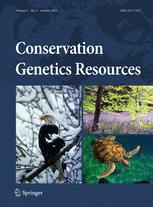
Dafreville, S., Payet, G., Simiand, C., Risterucci, A. M., Riviere, E., Lebreton, G., Humeau, L., Strasberg, D.,Chevallier, M. H. 2011. Isolation and characterization of microsatellite markers of an endangered tropical tree, Sideroxylon majus, and cross-species amplification in other Sapotaceae species. Conservation Genetics Resources 3(4): 701-704.


